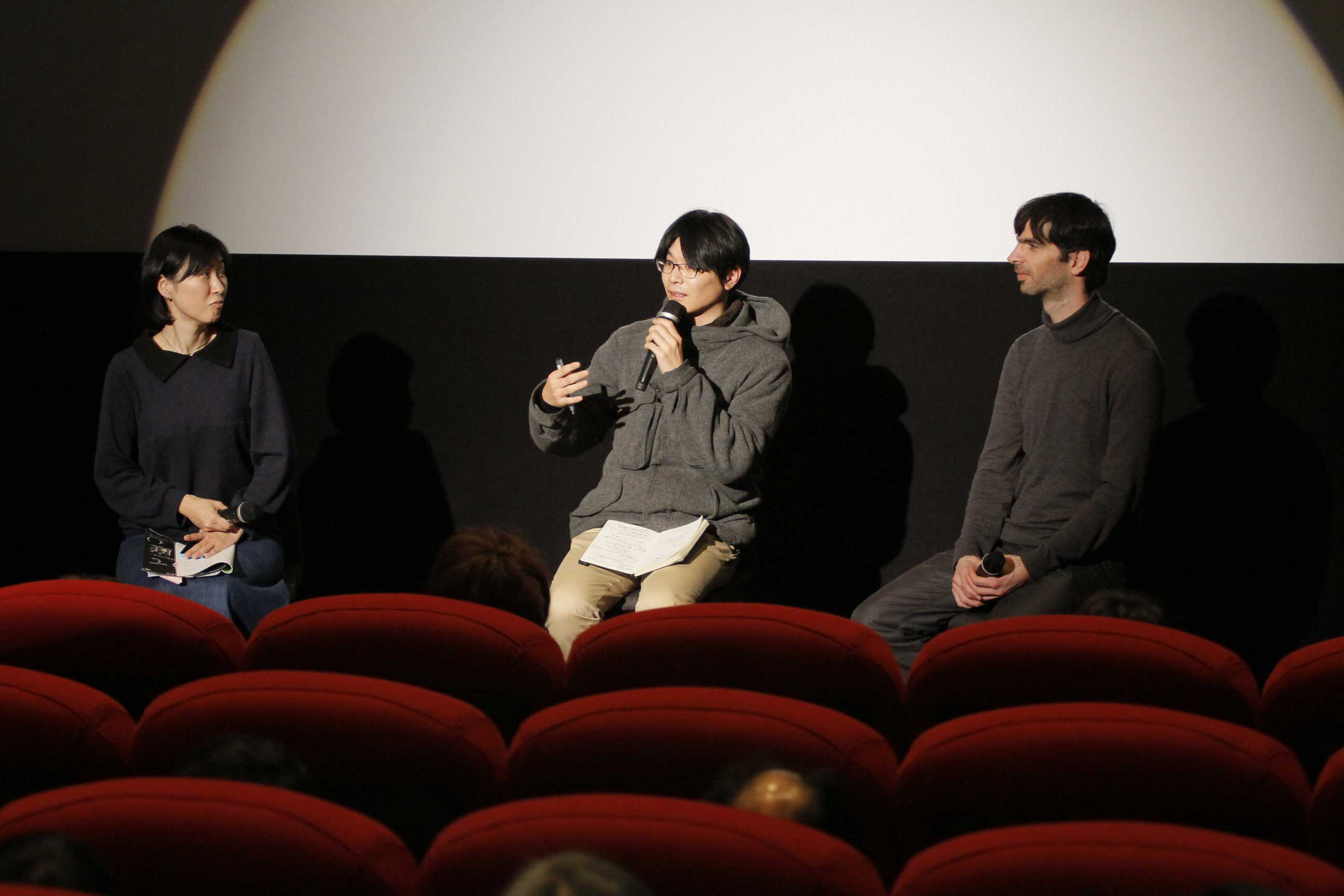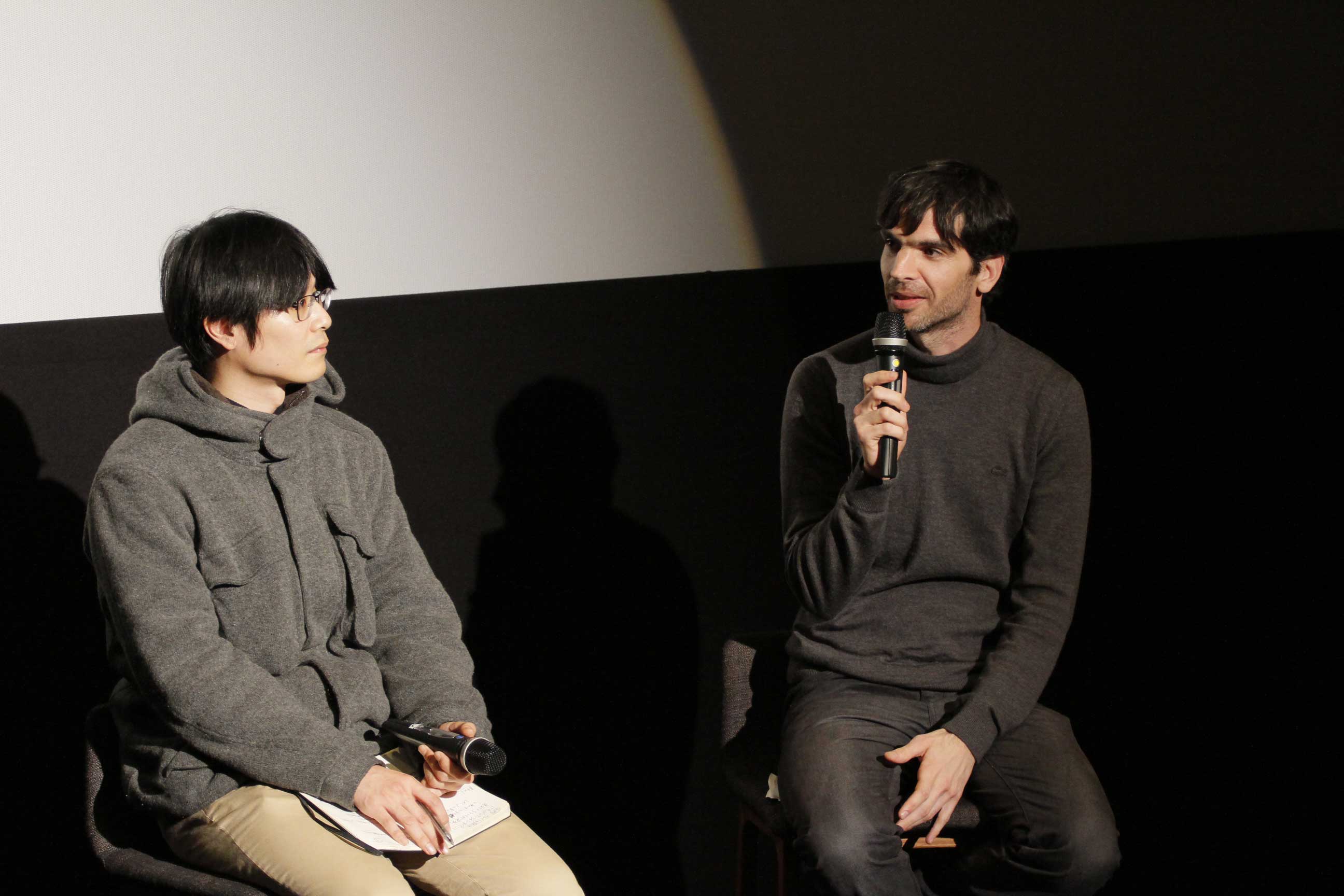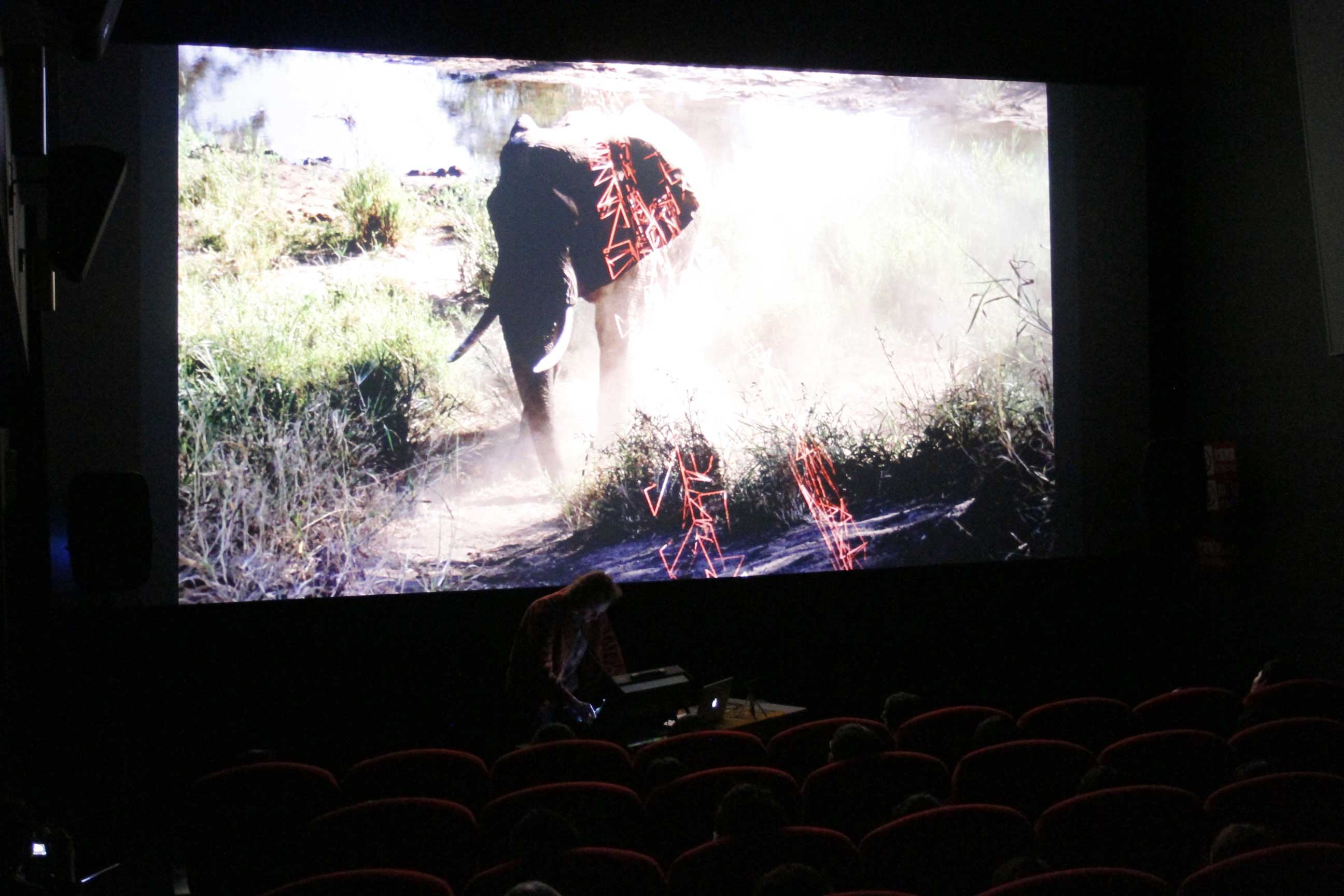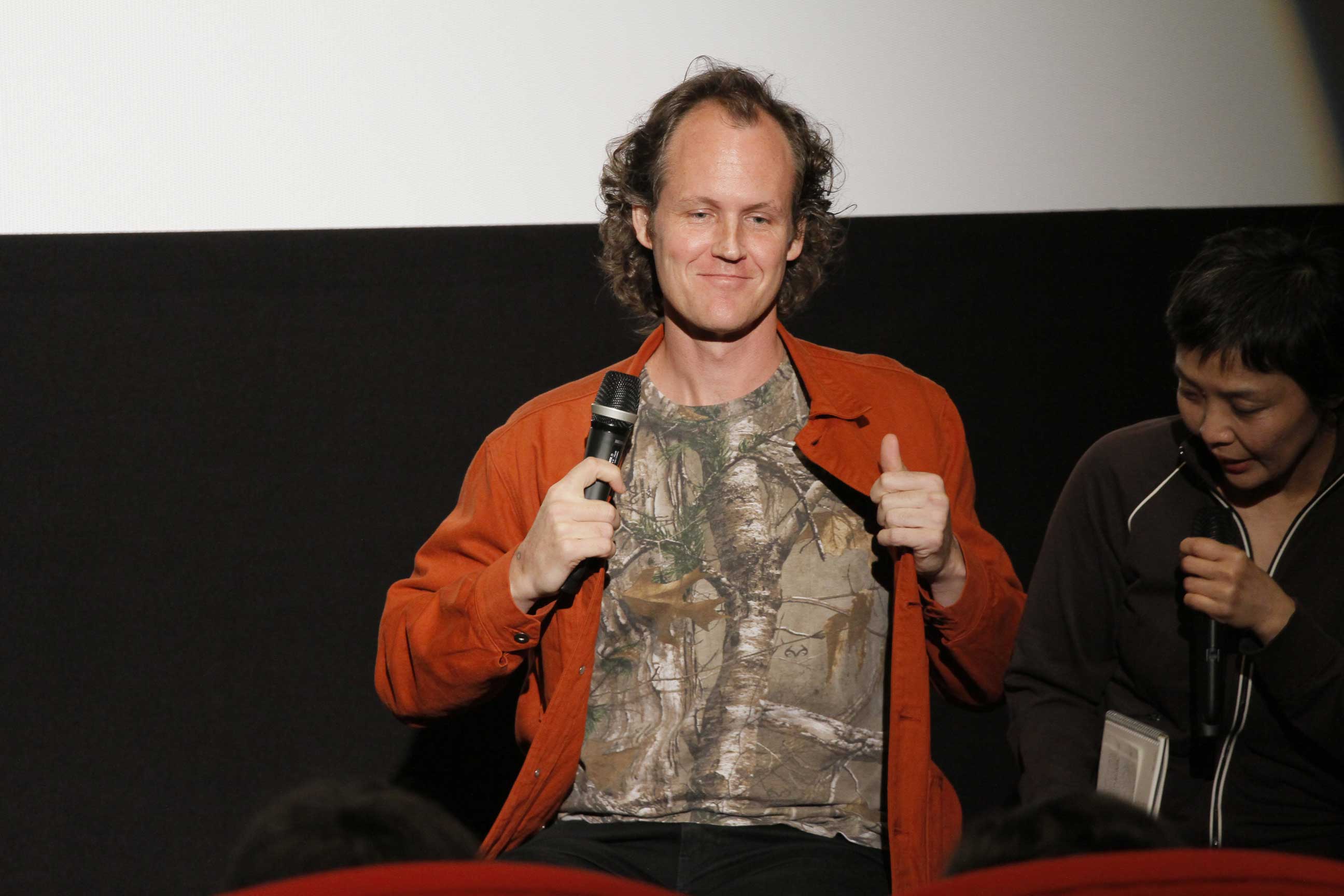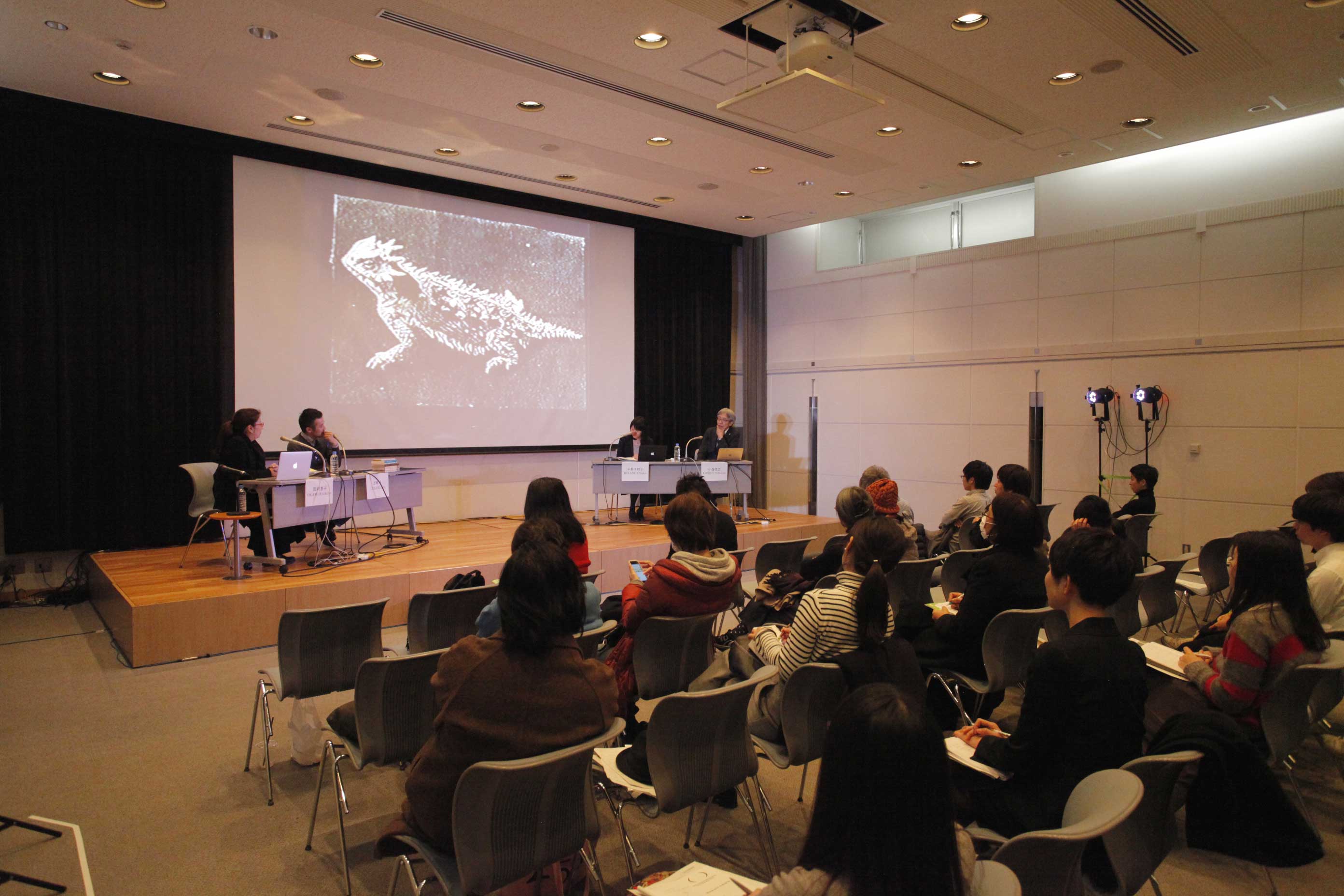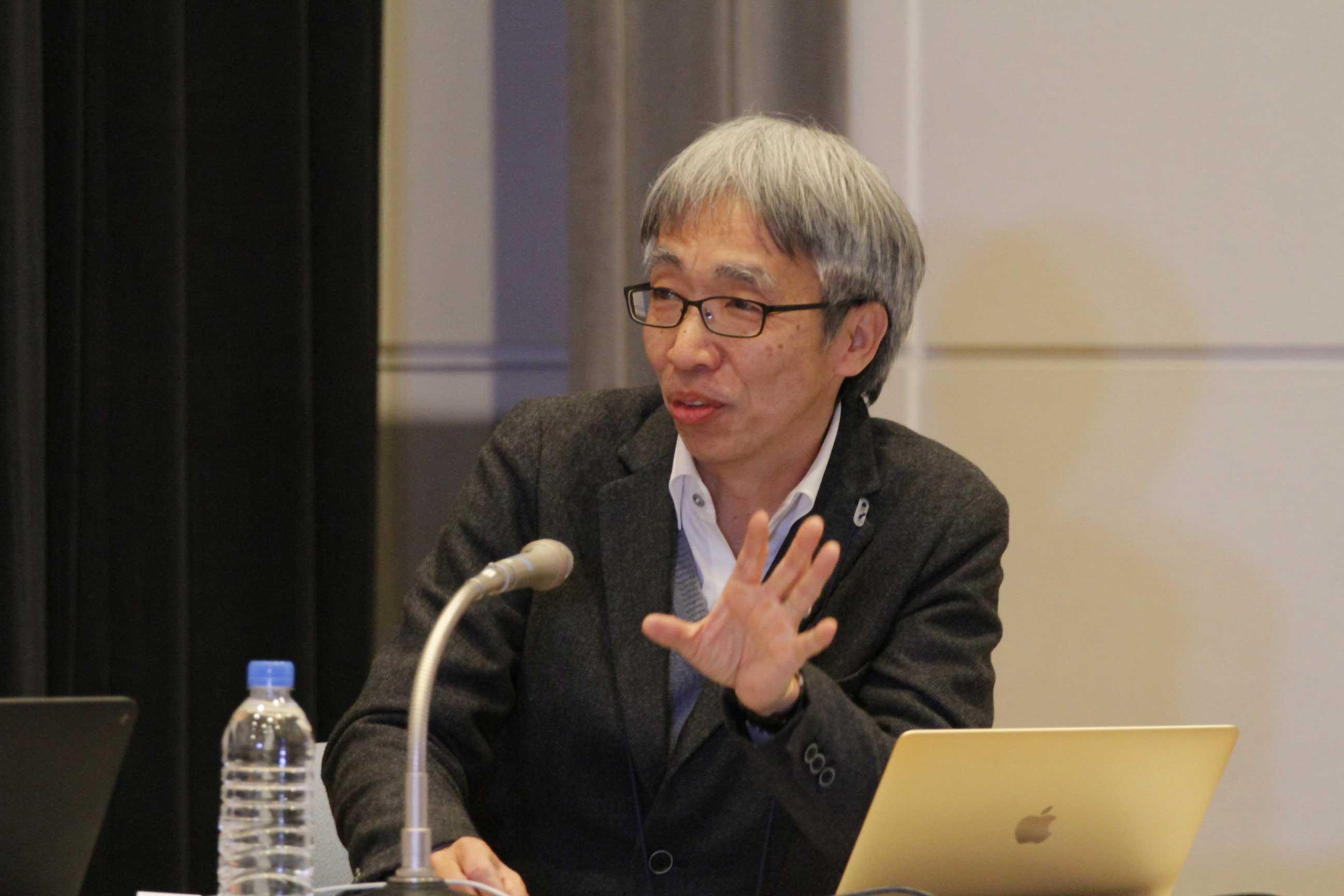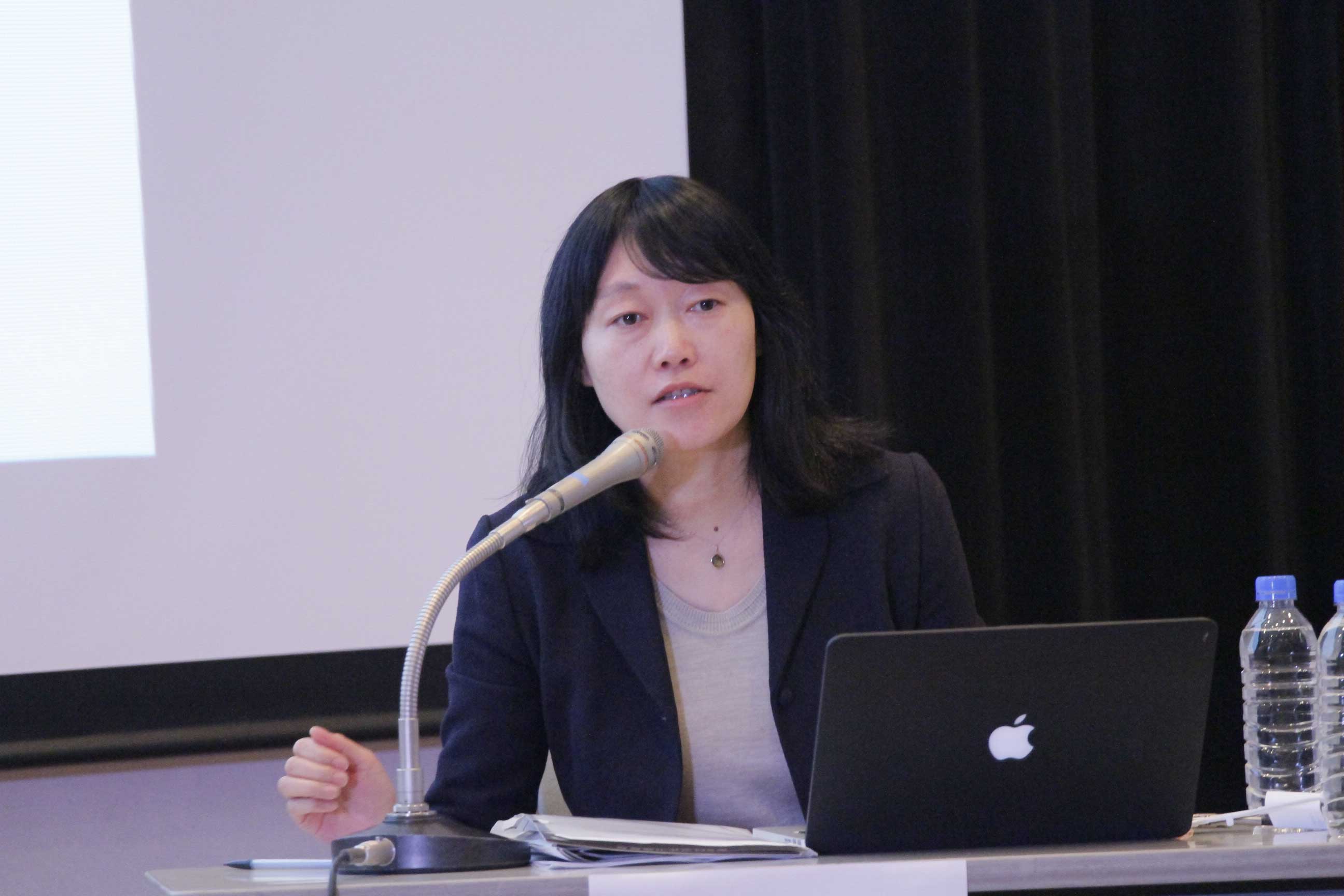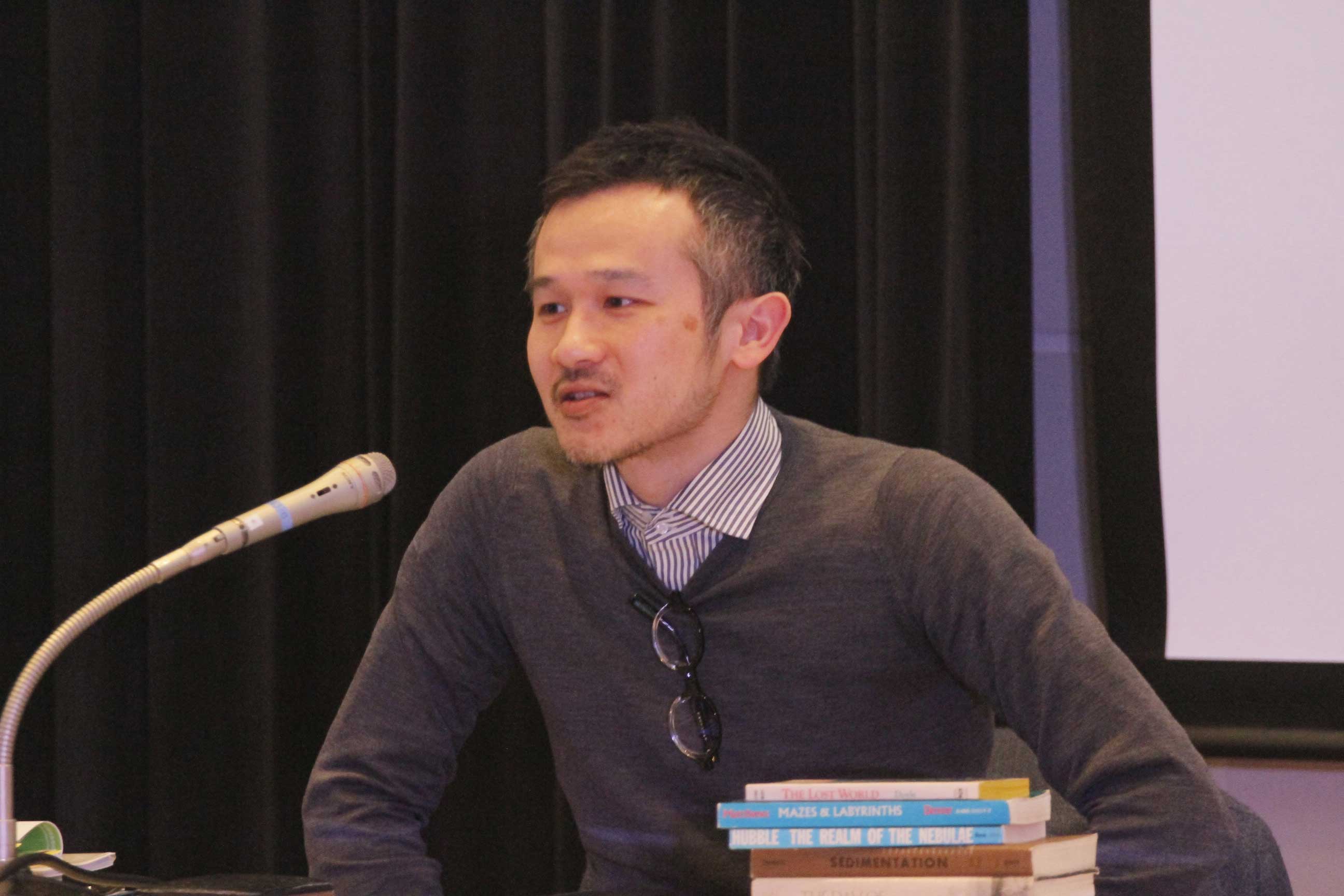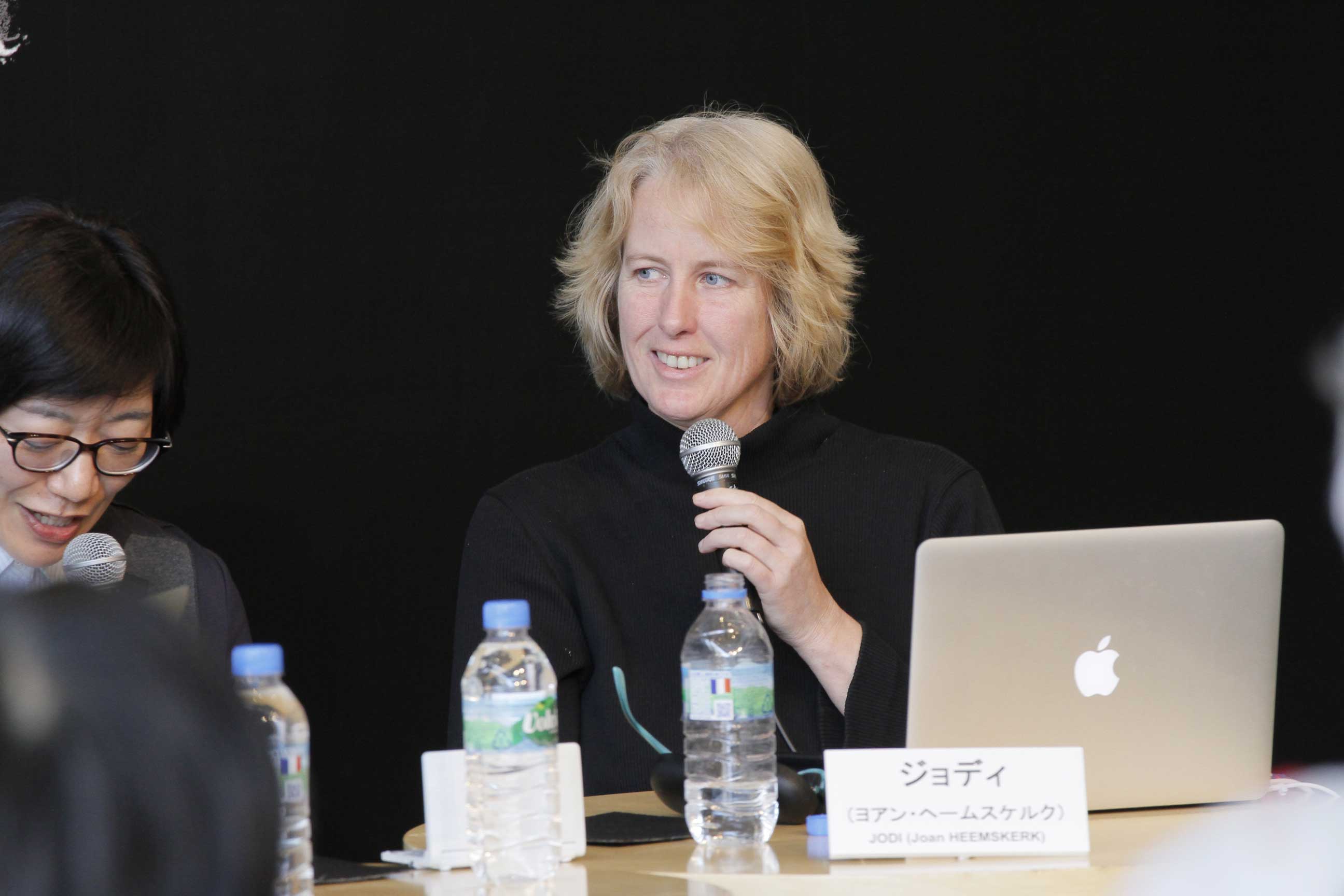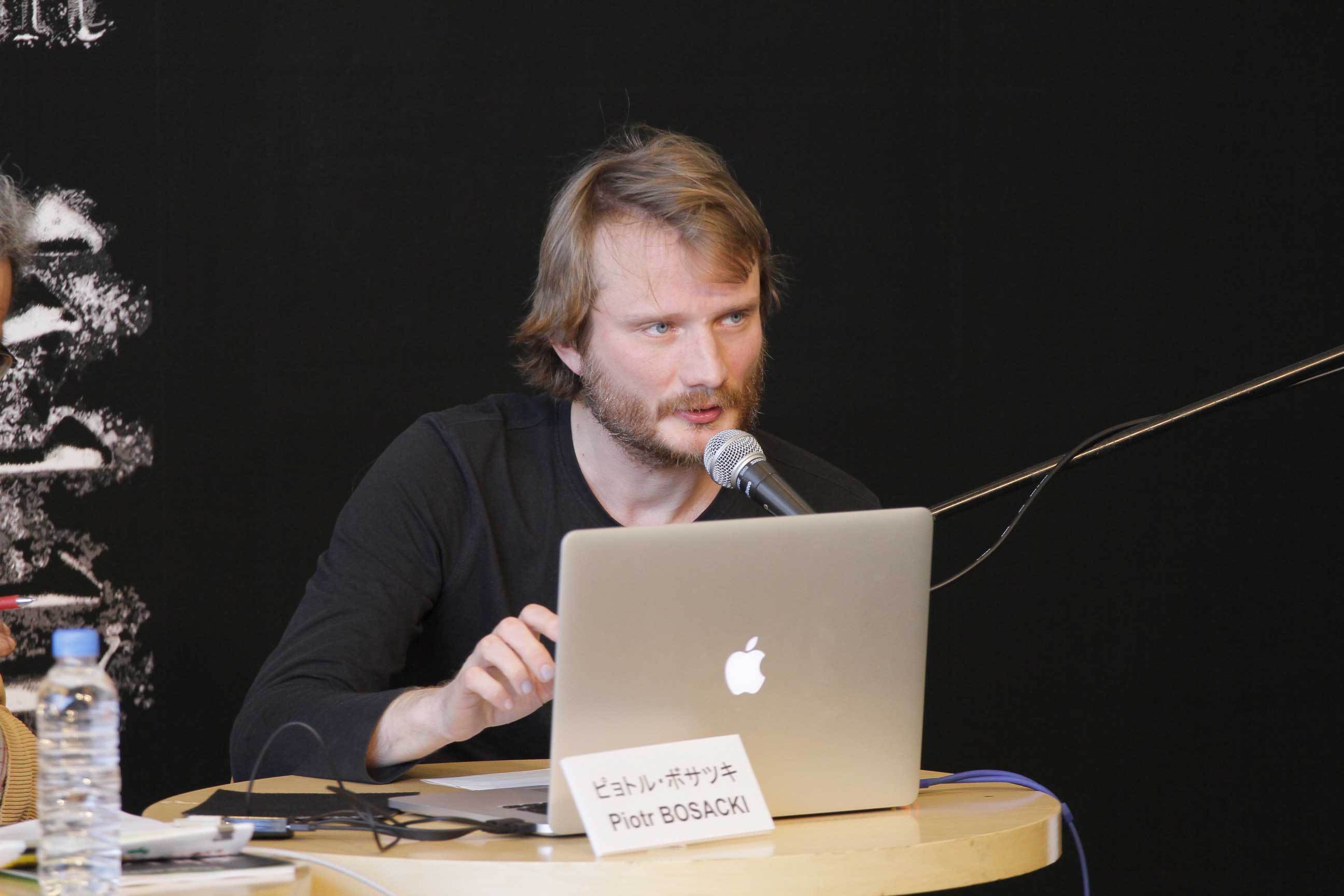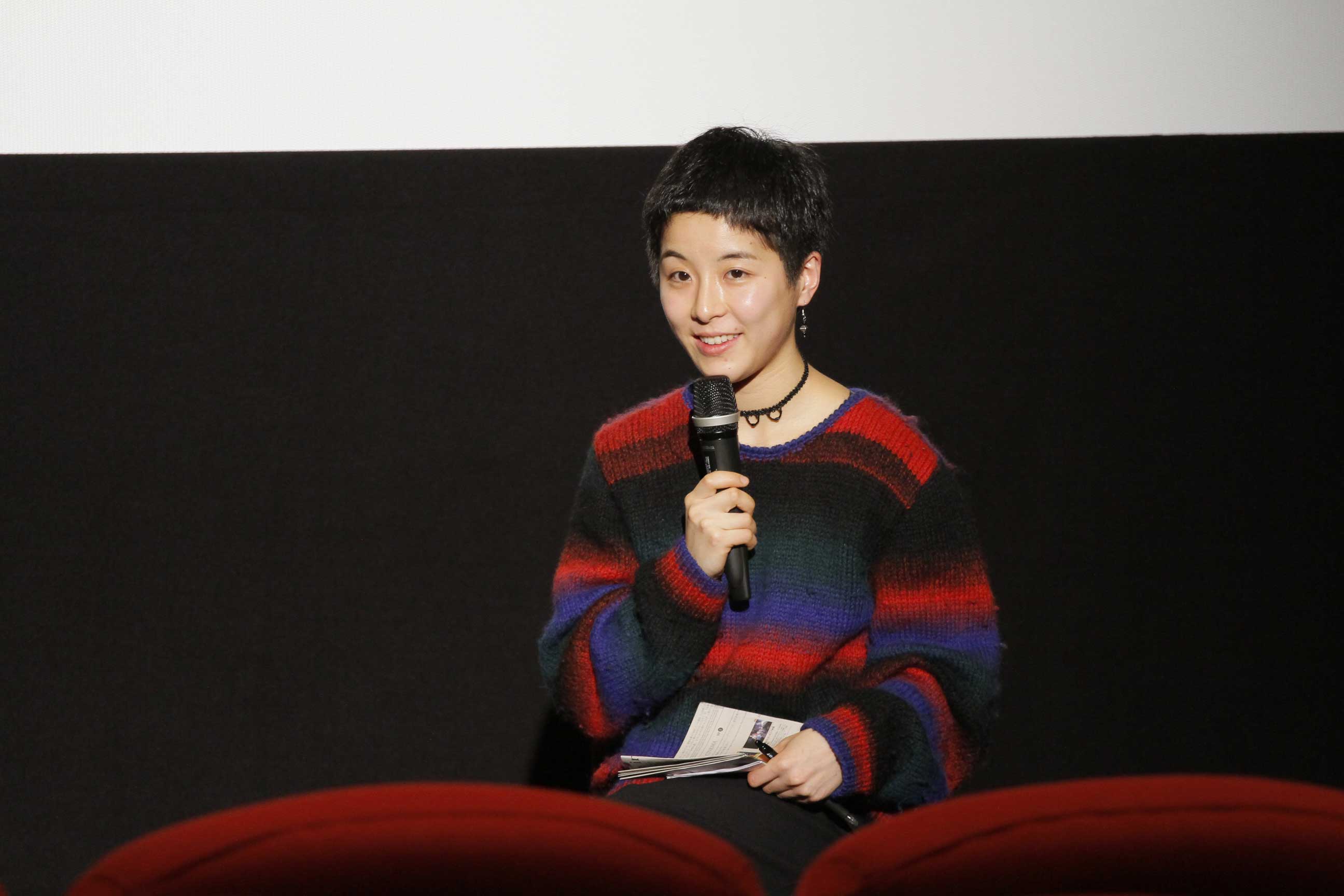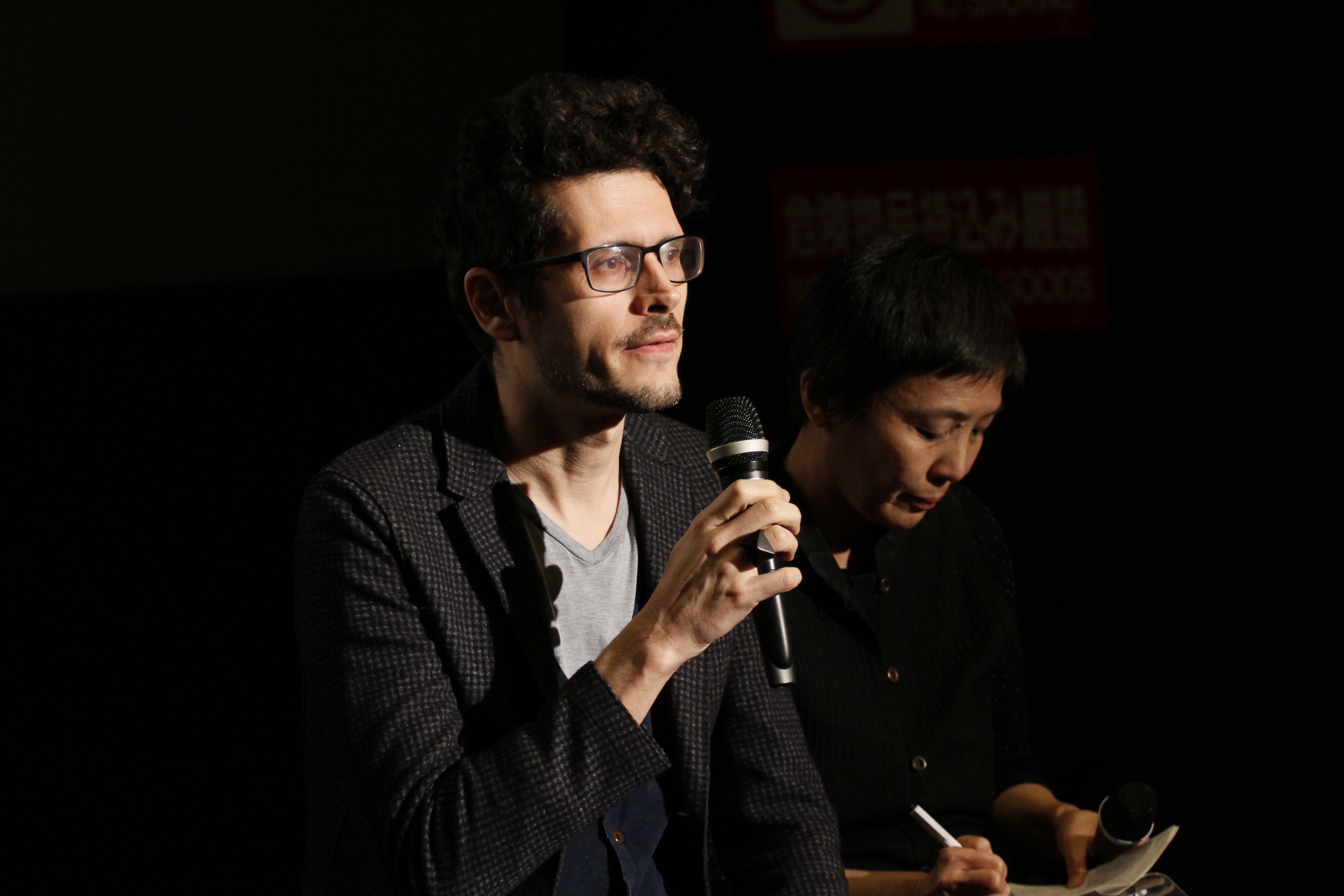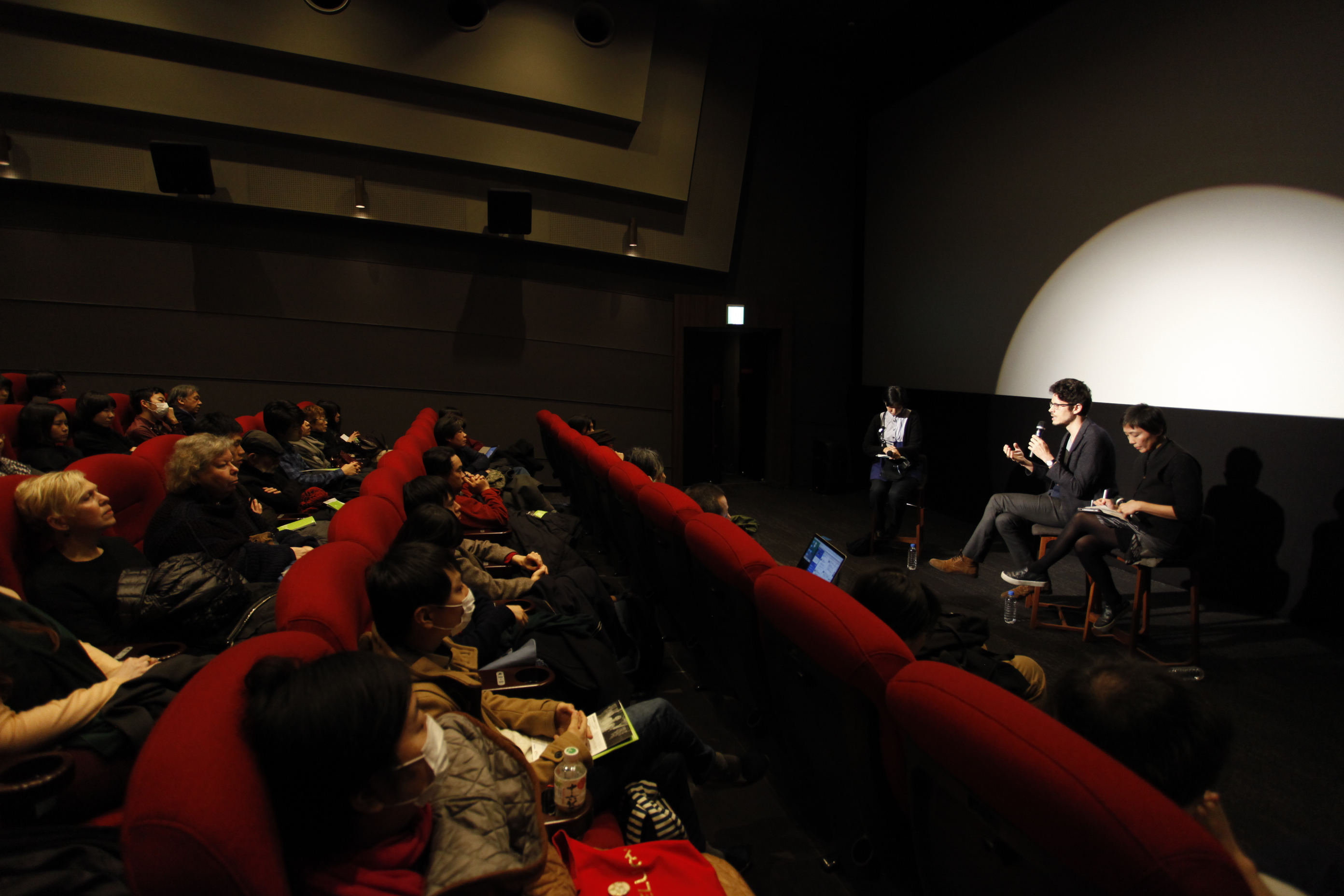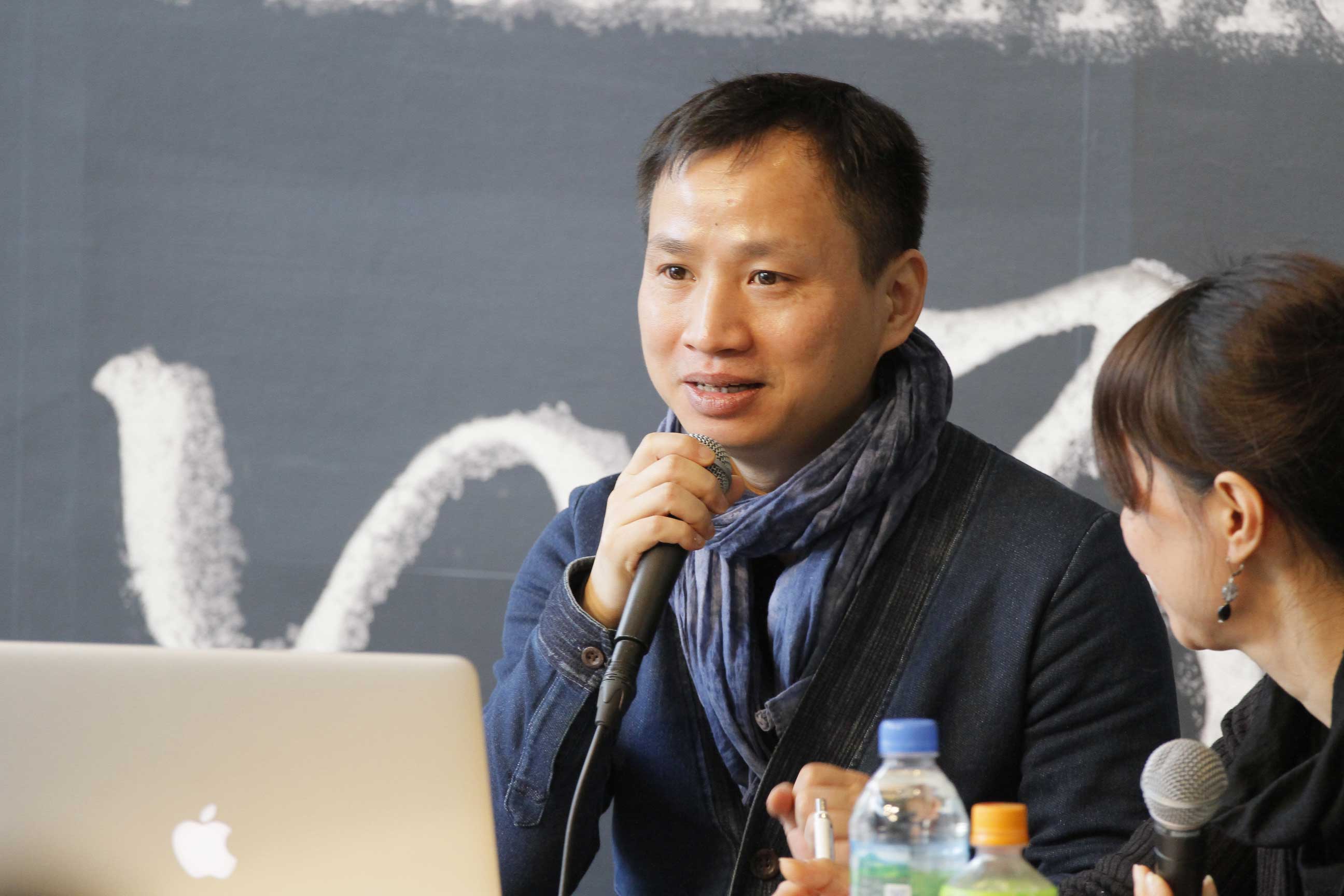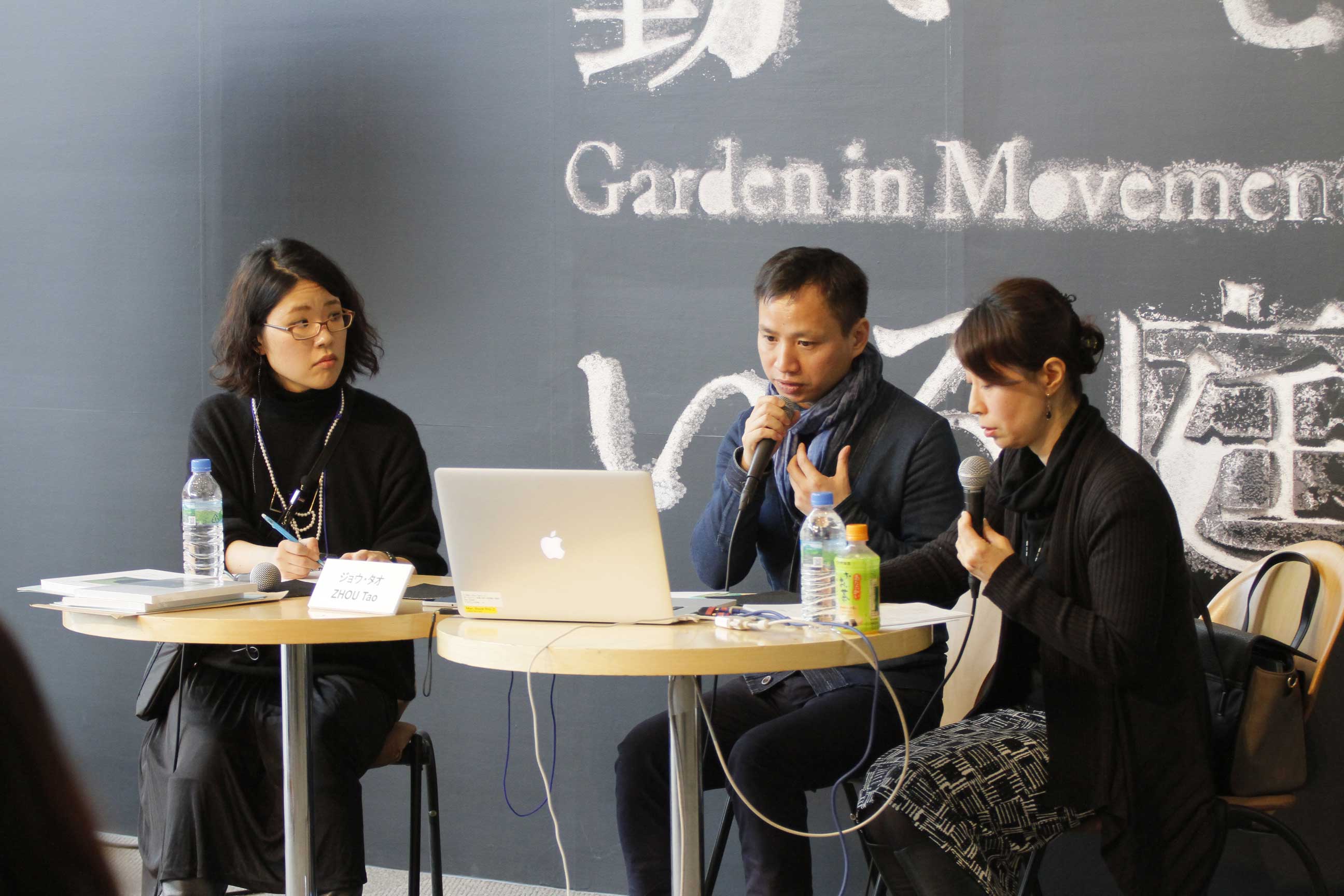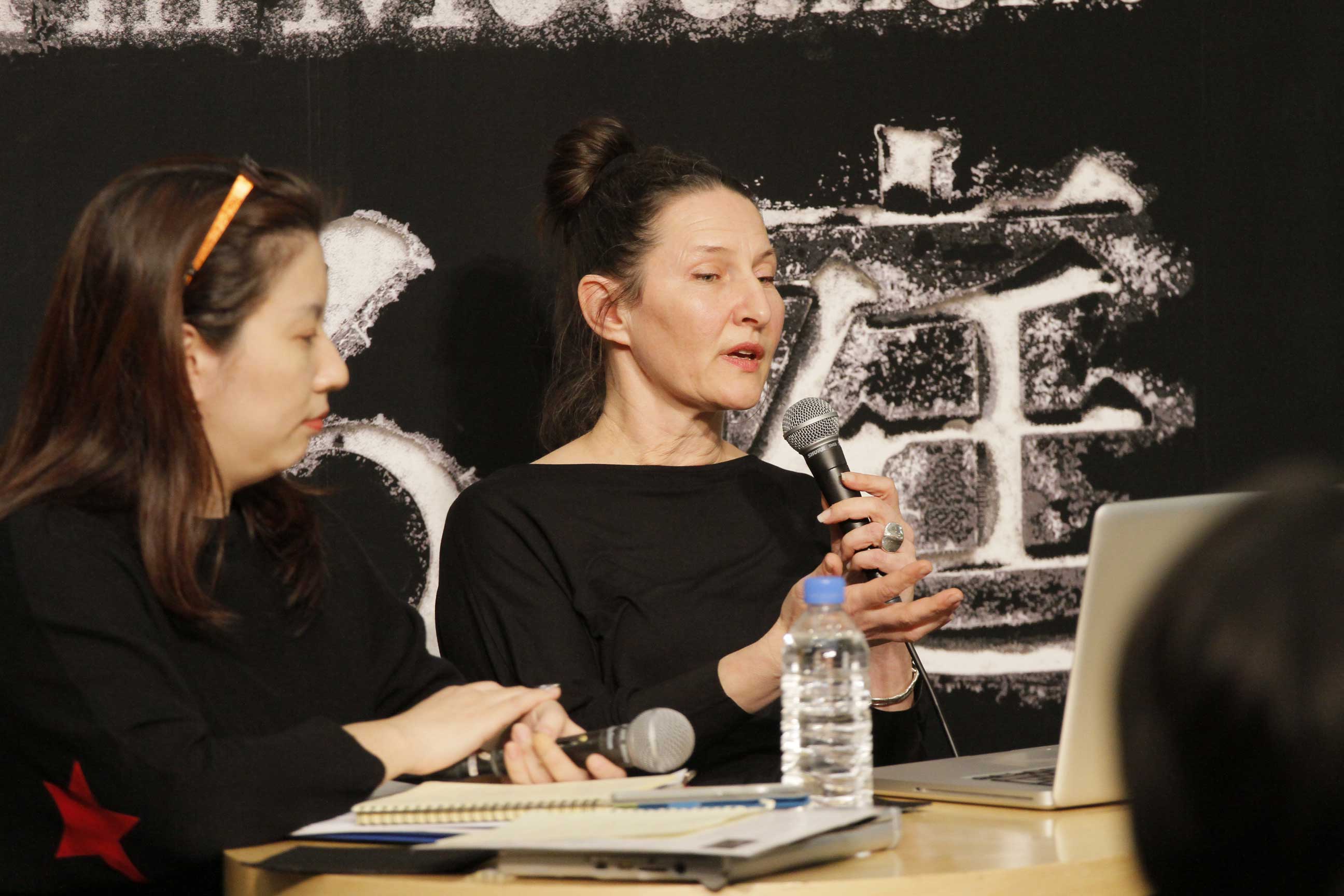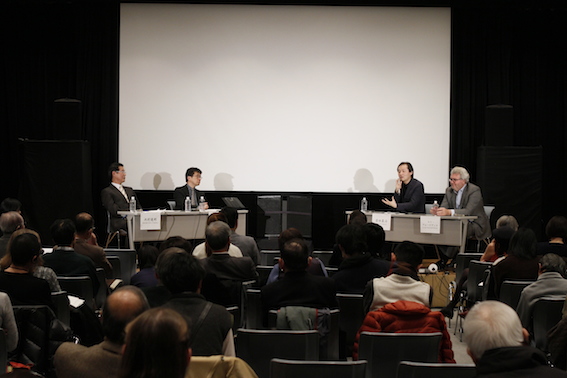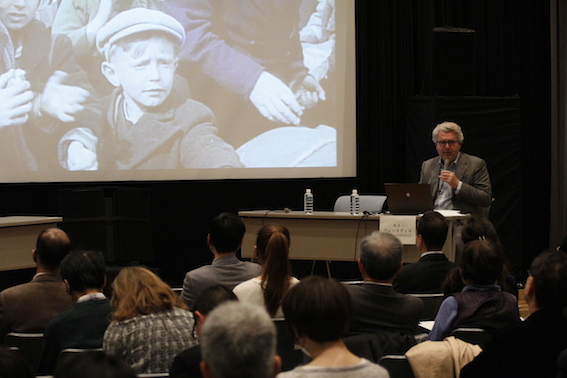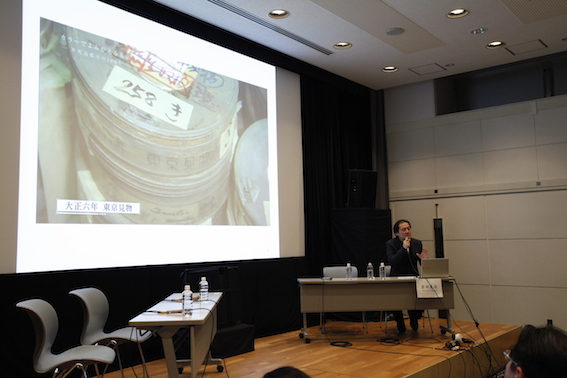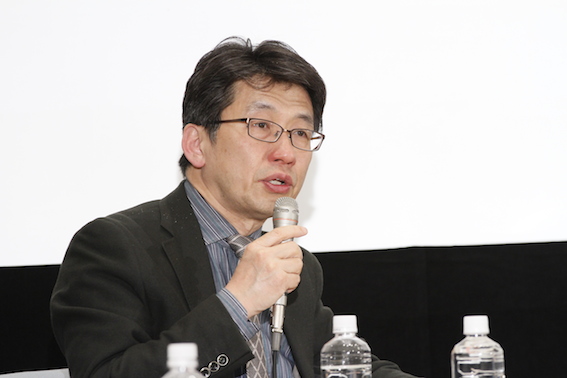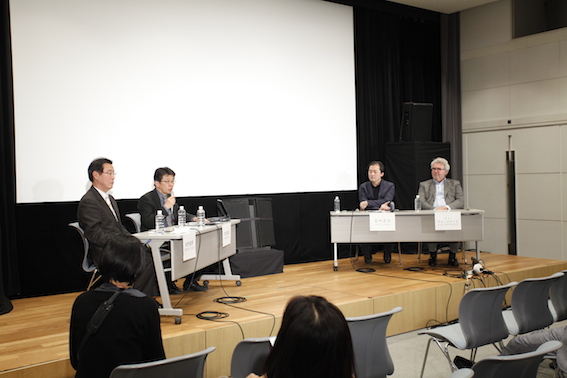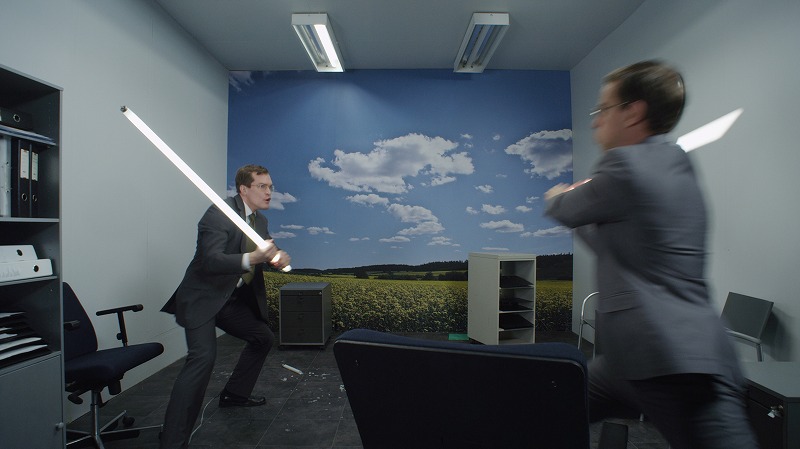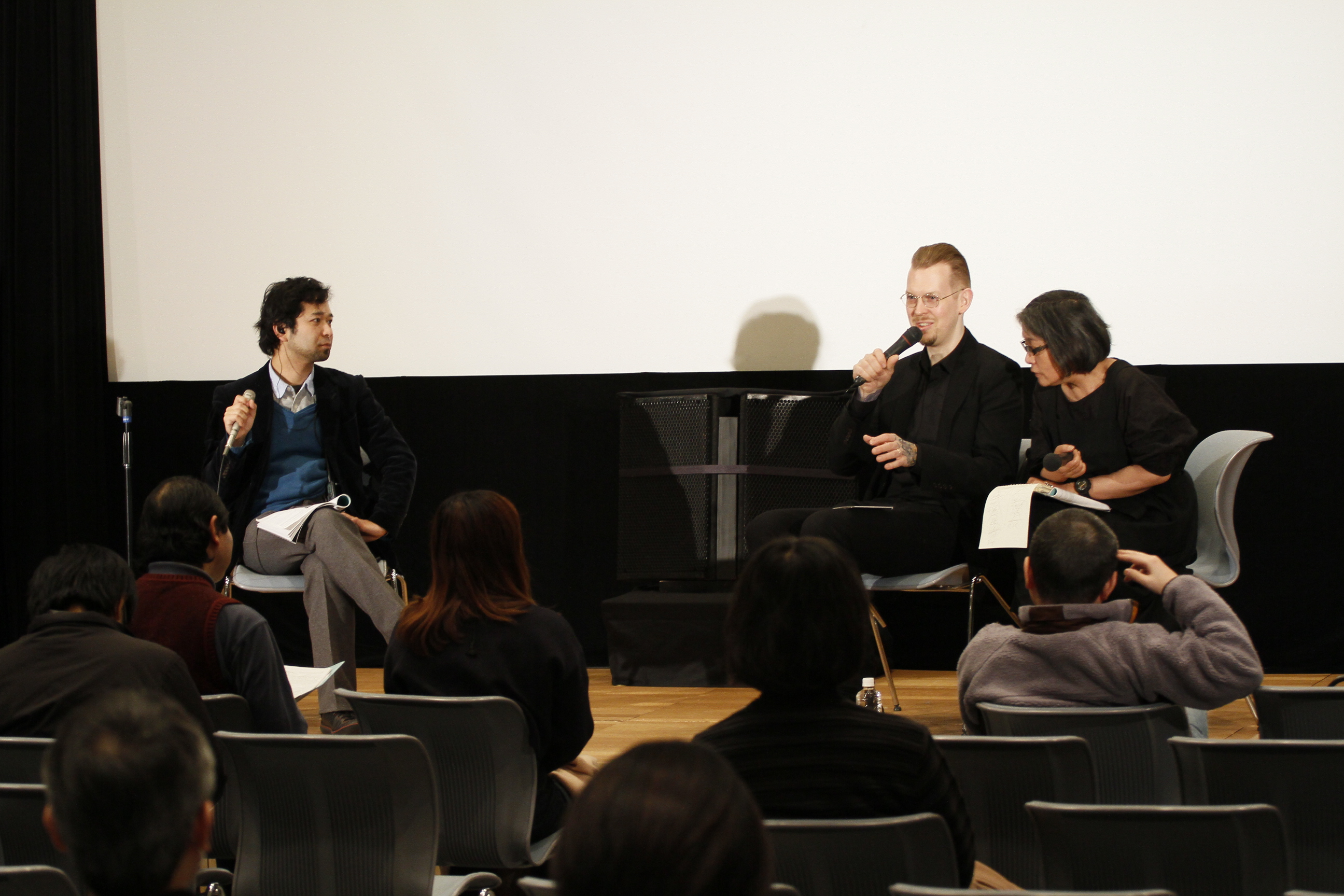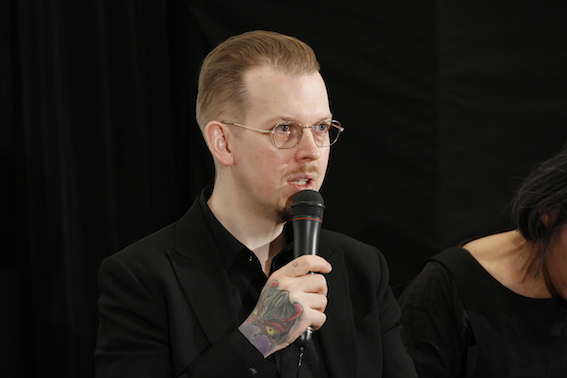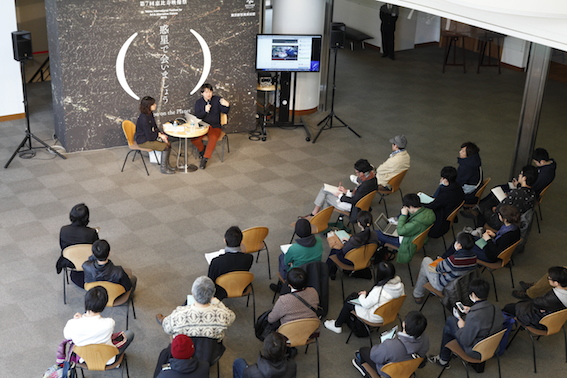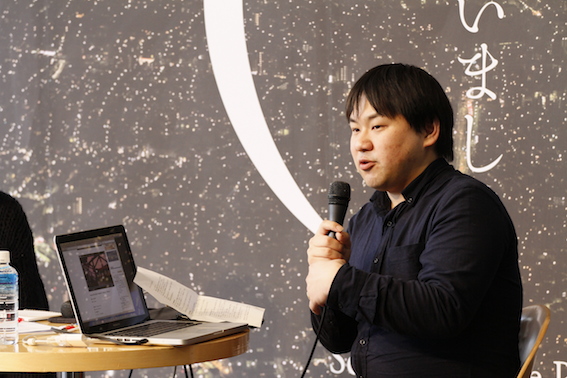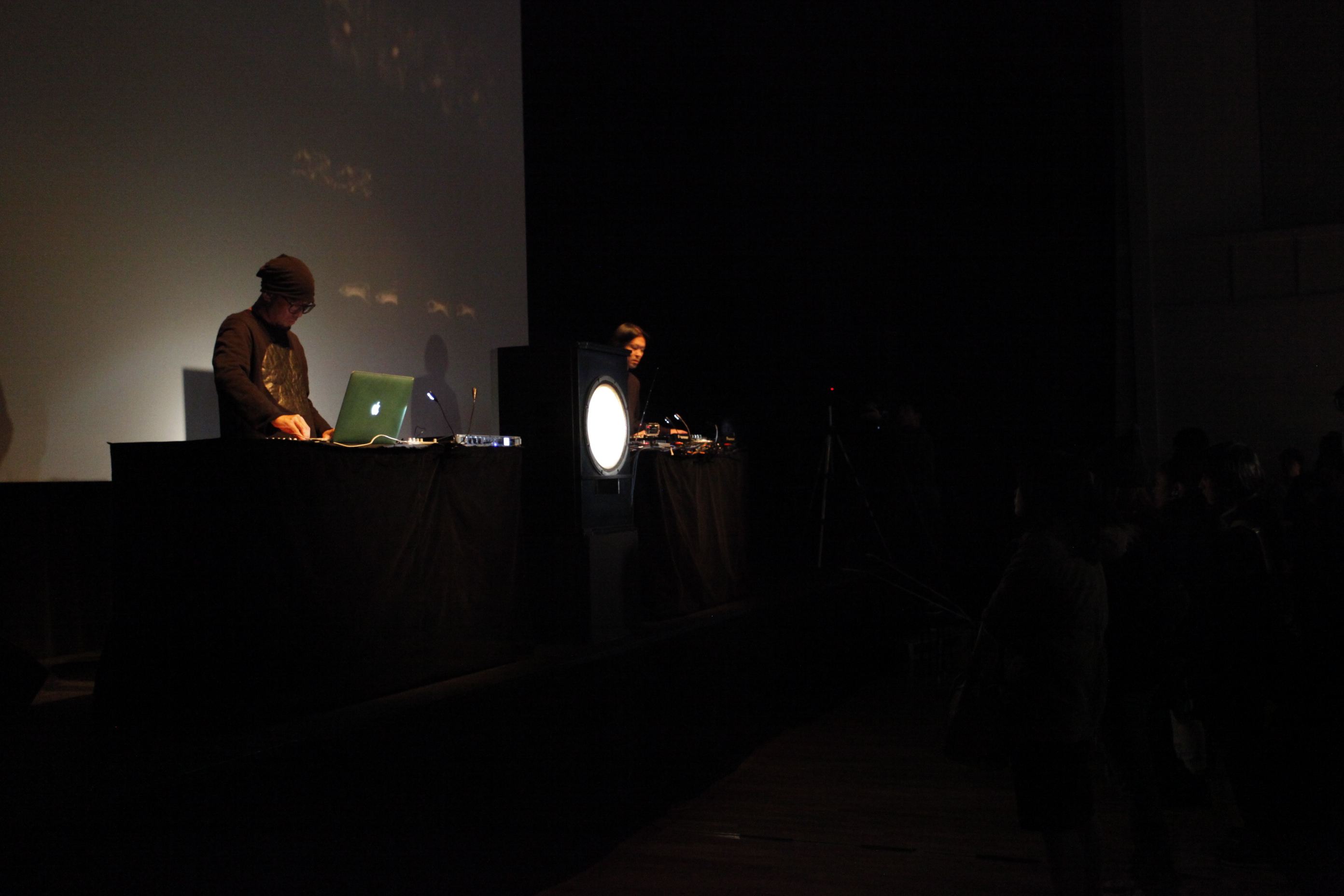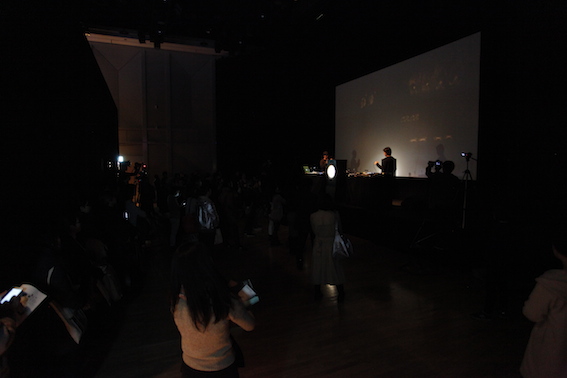Ken Jacobs – Adventures in Consciousness
Now aged 81, New York artist Ken Jacobs was a pioneer of avant-garde experimental film in the 1960s and 70s, and has more recently turned to video. Three of his works were screened in a special program entitled ‘Adventures of Consciousness’ at the Maison Franco-Japonaise this week.
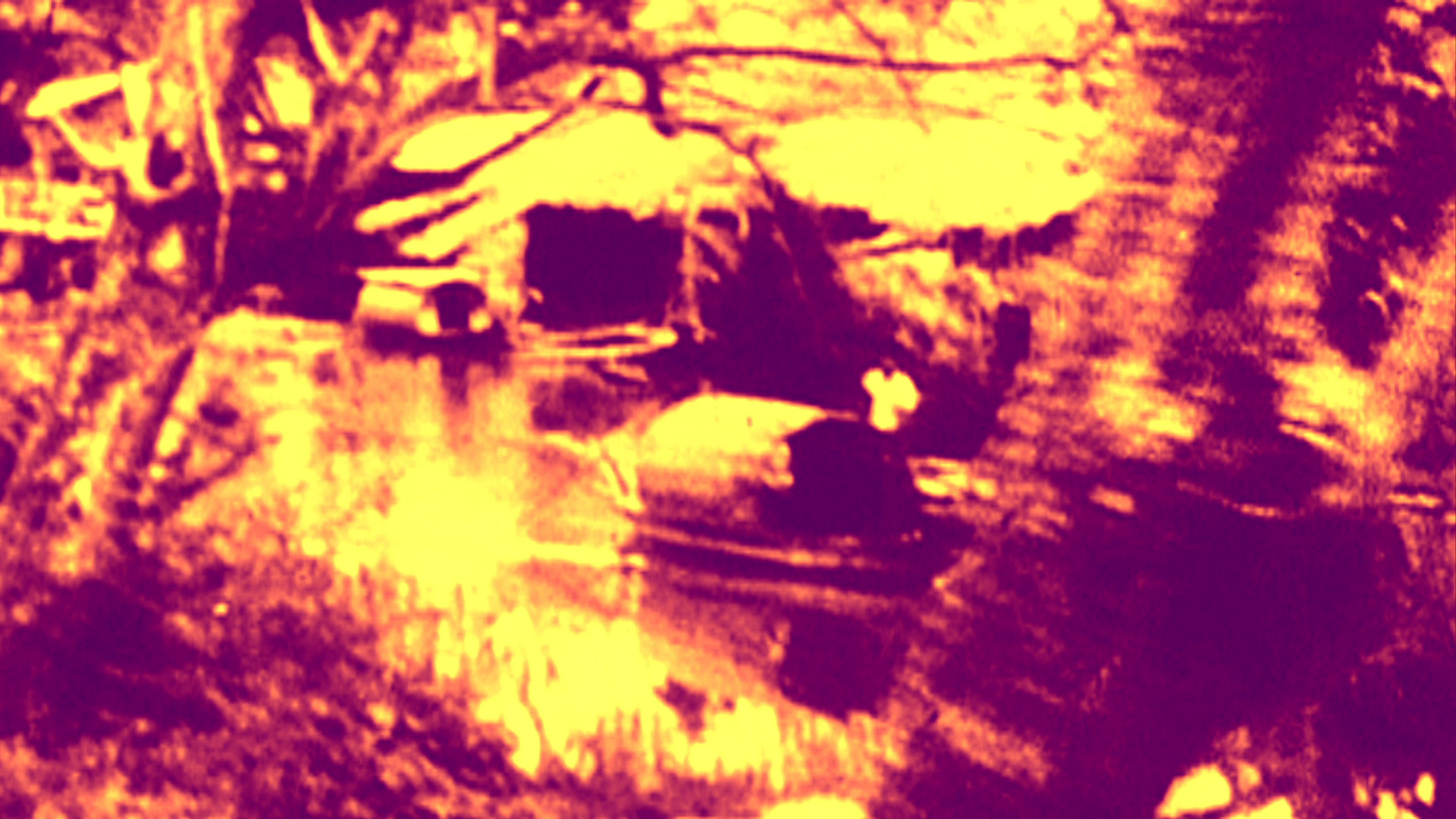
Ken JACOBS, Another Occupation/2010
Courtesy Electronic Arts Intermix (EAI), New York.
Along with filmmakers including Jonas Mekas and Hollis Frampton, and numerous other artists and writers now synonymous with the American post-war avant-garde, Jacobs began working on a small scale, with a limited budget, and in collaborative efforts that were the seeds of larger things to come. He screened films in his own loft (including work by the Kuchar brothers), and together with his wife Flo, set up Millennium Film Workshop. Beginning with a simple premise (and physical premises), Jacobs held one-person film programs at a church on Sunday afternoons, open to any filmmaker with a body of work and a desire to share it. He also held separate ‘open screenings,’ in which he led discussions between the filmmakers and audience.
Not only is Jacobs a film activist, promoting independent and experimental production, he is also more widely politically engaged. Many of his films carry an overtly political anti-military message, or else celebrate historical anti-slavery and civil rights movements.
In Tom, Tom the Piper’s Son (1969), one of Jacobs’ most famous films, he re-photographs and processes a 1905 film. Through this re-appropriation, Jacobs is able to zoom into particular images, manipulating what we see, and drawing our attention to the materiality of film – its graininess, its monochromatic dynamism, its very ‘body.’ Jacobs likens this to penetrating ‘the ghosts’ of film, perhaps indicating both the ghost of film itself and the ghostly presences once caught on film: figures from history. Indeed, it is these figures that appear in the films. Soldiers, workers, and slaves flash into negative, repeat, and almost disintegrate.
In Another Occupation (2010), one of the films screening in the festival, we take a journey upstream into what appears to be a slave plantation, and later on, somewhere in mid-twentieth century military-occupied Asia. Images of a river and train tracks shot from a moving vehicle hark back to Jacobs’ previous films (including Disorient Express, 1996), and are manipulated in a similarly imaginative way. Never allowed to roll more than a few frames, the footage is constantly stopped and made to judder back and forth between positive and negative, giving the impression of movement when there is none. It is a kind of filmic catatonia. Jacobs describes these moments as ‘sustained movements going nowhere and unlike anything in life.’ The soundtrack, composed by Rick Reed, adds to the hallucinogenic and ghostly atmosphere. Narrative and characters have dissolved into pure music and image. The auditorium flashes black and white, occasionally orange and blue too.
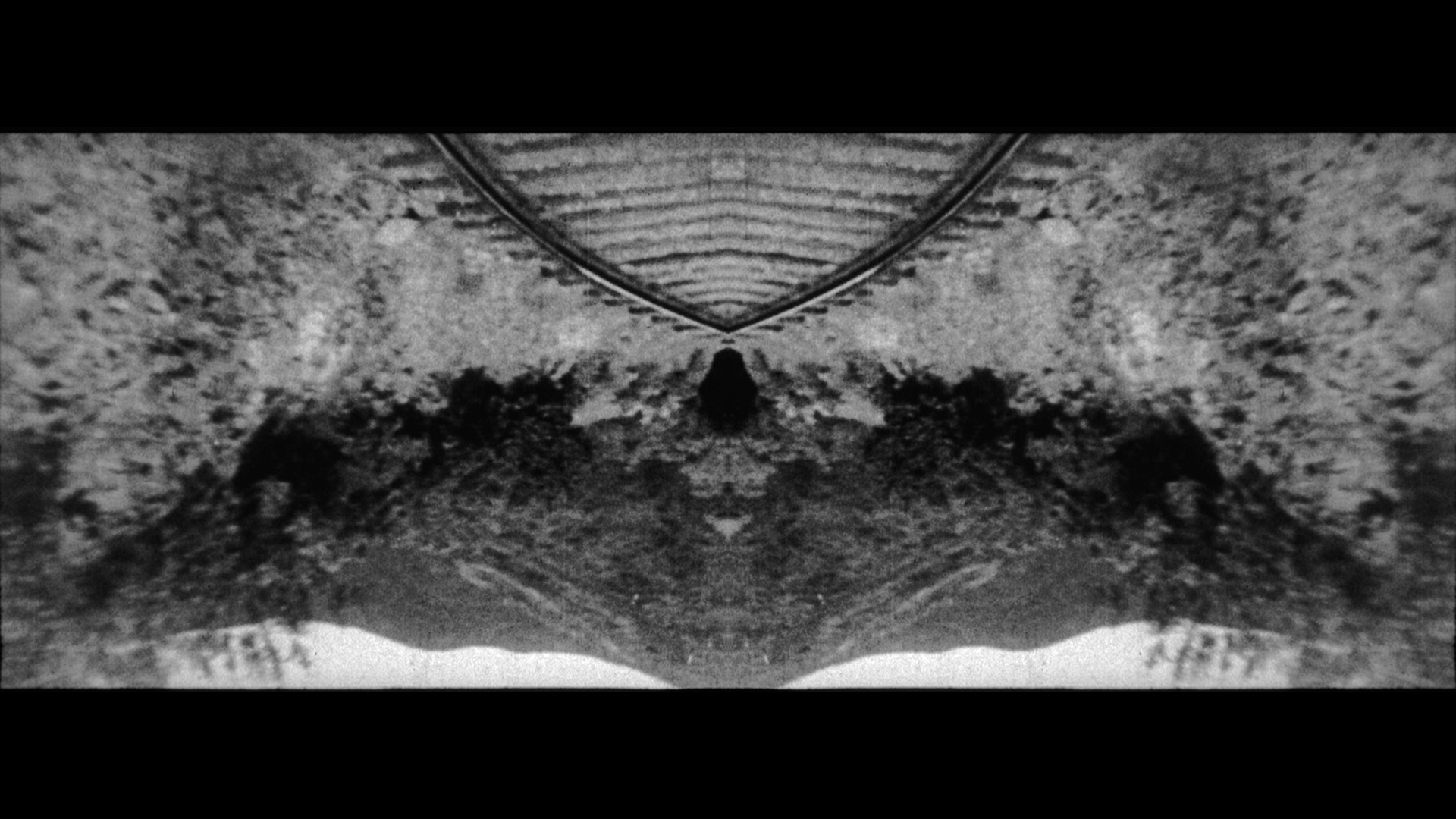
Ken JACOBS, Disorient Express/1996
Courtesy Electronic Arts Intermix (EAI), New York.
Disorient Express plays with cinematic history, and takes us into another, upside-down world. Again using an early twentieth century film, Jacobs optically reprints the footage with various manipulations. The footage is inverted and mirrored so that a train scene that might originally have looked like a Lumiere Brothers film now resembles a Rorschach Test. Black tunnels swell into center frame and devour the camera, only to be swallowed by clouds of foliage or rail track lattices, all converging and ceaseless. Jacobs describes the imagery in terms of a CAT brain scan, and encourages his audience to enter an ‘expanded state of consciousness,’ being taken on his disorientating Express.
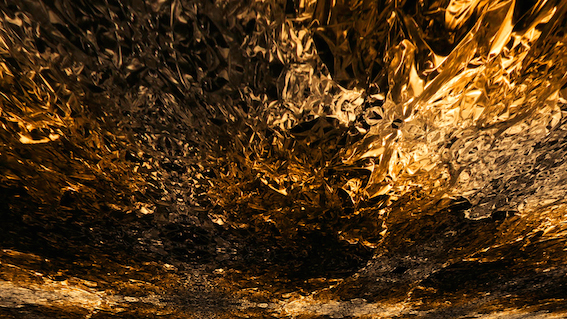
Ken JACOBS, Seeking the Monkey King/2011
Courtesy Electronic Arts Intermix (EAI), New York.
The final film included in the screening is Jacobs’ 2011 Seeking the Monkey King, which takes as its primary focus not archive film but gold foil. The foil is crinkled up into a labyrinthine pattern that catches the light and provides Jacobs with the perfect ground to film. He flashes in and out of color, from negative to positive, up and down, left to right. Gold foil: somewhat tarnished yet glittering, it recalls the simultaneous lure and disgust of a gilded cityscape, and more broadly, our era of money and accumulation. In this way, the film emerges as a lament about the state of modern America and late capitalism. Musician J. G. Thirlwell’s clamorous soundtrack adds to the film’s simultaneously glamorous, menacing and tragic atmosphere. Occasional on-screen text combines Jacobs’ thoughts on America with references to the civil-rights movement, other artists, and books read. Some of the words on screen are addressed to the eponymous ‘Monkey King:’
‘America is a fiction. A work of art, or at the very least a feat of cleverness. It is an enlarged and empty Brillo box traded back and forth for millions thanks to Our Prince Of Fakery context.’
The Monkey King is perhaps the emperor of our gilded age, ruling between everyday reality and an underworld of abstract capital, desire, and nightmares realized. Or alternatively, he exists within each one of us, as the animalistic and money-hungry mascot of the contemporary age.
Ken JACOBS-Adventures of Consciousness
Maison Franco – Japonese
2015.02.28 sat 18:30
2015.03.06 fri 15:00
http://www.yebizo.com/#pg_franco-japonaise-hall-screen1
